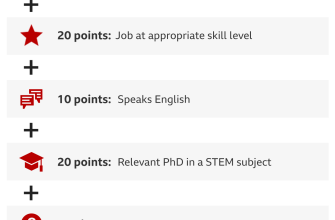Disability discrimination in the workplace is a pervasive issue that affects millions of people worldwide. It refers to the unfair treatment of individuals based on their disabilities, which can range from physical impairments such as mobility issues to mental health conditions. This form of discrimination can manifest in various ways, including direct disability discrimination, harassment, and unequal treatment. Understanding the different types of discrimination and their examples can help in preventing disability discrimination and promoting a more inclusive and equitable work environment.
Understanding Disability Discrimination
Disability discrimination, as defined by the UK law, involves treating a person less favourably because of their disability. It can occur in various forms, including direct and indirect discrimination, harassment, and victimisation. Direct disability discrimination happens when a disabled person is treated less favourably than a non-disabled person in the same situation. Indirect discrimination, on the other hand, occurs when a policy or practice applies to everyone but disadvantages those with a disability.
Types of Disability Discrimination
There are several types of discrimination that can occur in the workplace. These include:
- Direct Disability Discrimination: This occurs when an employer treats an employee less favourably because of their disability. An example of direct disability discrimination could be an employer refusing to hire a qualified candidate because they use a wheelchair.
- Indirect Disability Discrimination: This happens when a workplace policy or practice disadvantages people with a particular disability. For instance, a company requiring all employees to stand during meetings could indirectly discriminate against individuals with mobility issues.
- Disability Harassment: This involves unwanted behaviour related to a person’s disability that violates their dignity or creates an intimidating, hostile, degrading, humiliating or offensive environment. Disability harassment examples could include offensive jokes or comments about a person’s disability.
- Victimisation: This refers to treating someone badly because they have made a complaint about discrimination or harassment. An example could be an employer demoting an employee who reported disability discrimination.
Examples of Disability Discrimination in the Workplace
Understanding disability discrimination in the workplace examples can help in identifying and addressing this issue. Here are three examples of disability discrimination at work:
- An employer refuses to make reasonable adjustments to the workplace to accommodate an employee with a disability. This could include refusing to provide a ramp for a wheelchair user or not allowing flexible working hours for someone with a chronic illness.
- An employee is consistently overlooked for promotions or training opportunities because of their disability. This could be a case of direct disability discrimination.
- An employee is subjected to offensive comments or jokes about their disability by colleagues or superiors. This is an example of disability harassment in the workplace.
Preventing Disability Discrimination
Preventing disability discrimination in the workplace requires a comprehensive approach that includes education, policy changes, and enforcement. Here are some steps that can be taken:
- Education: Employers and employees should be educated about the different forms of discrimination and their impact. This can help in creating a more inclusive and understanding work environment.
- Policy Changes: Employers should review their policies and practices to ensure they do not disadvantage people with disabilities. This includes making reasonable adjustments to accommodate employees with disabilities.
- Enforcement: Employers should take complaints of disability discrimination seriously and take appropriate action against those who discriminate or harass others based on their disability.
In conclusion, understanding the types of discrimination and their examples is crucial in preventing disability discrimination in the workplace. By promoting a culture of inclusivity and respect, employers can help ensure that all employees, regardless of their disability, are treated fairly and with dignity.









